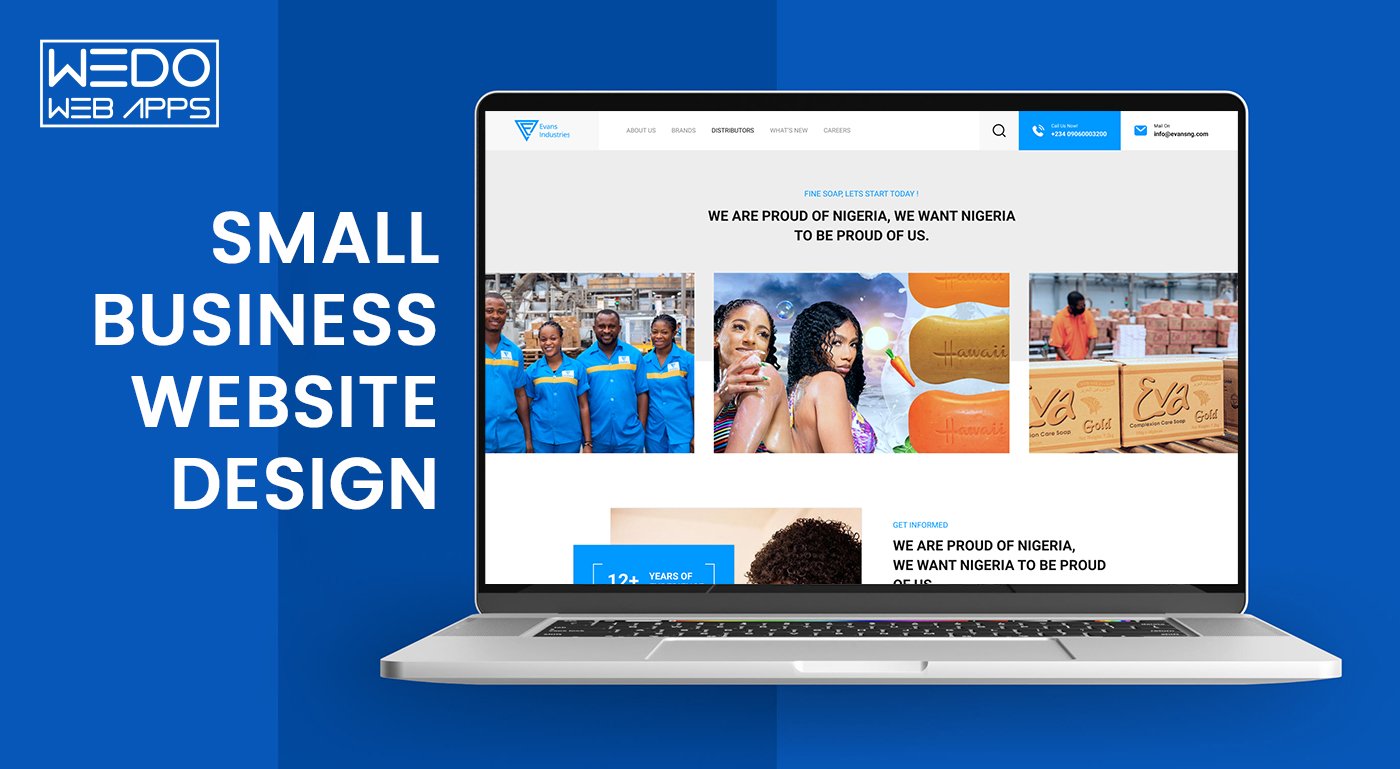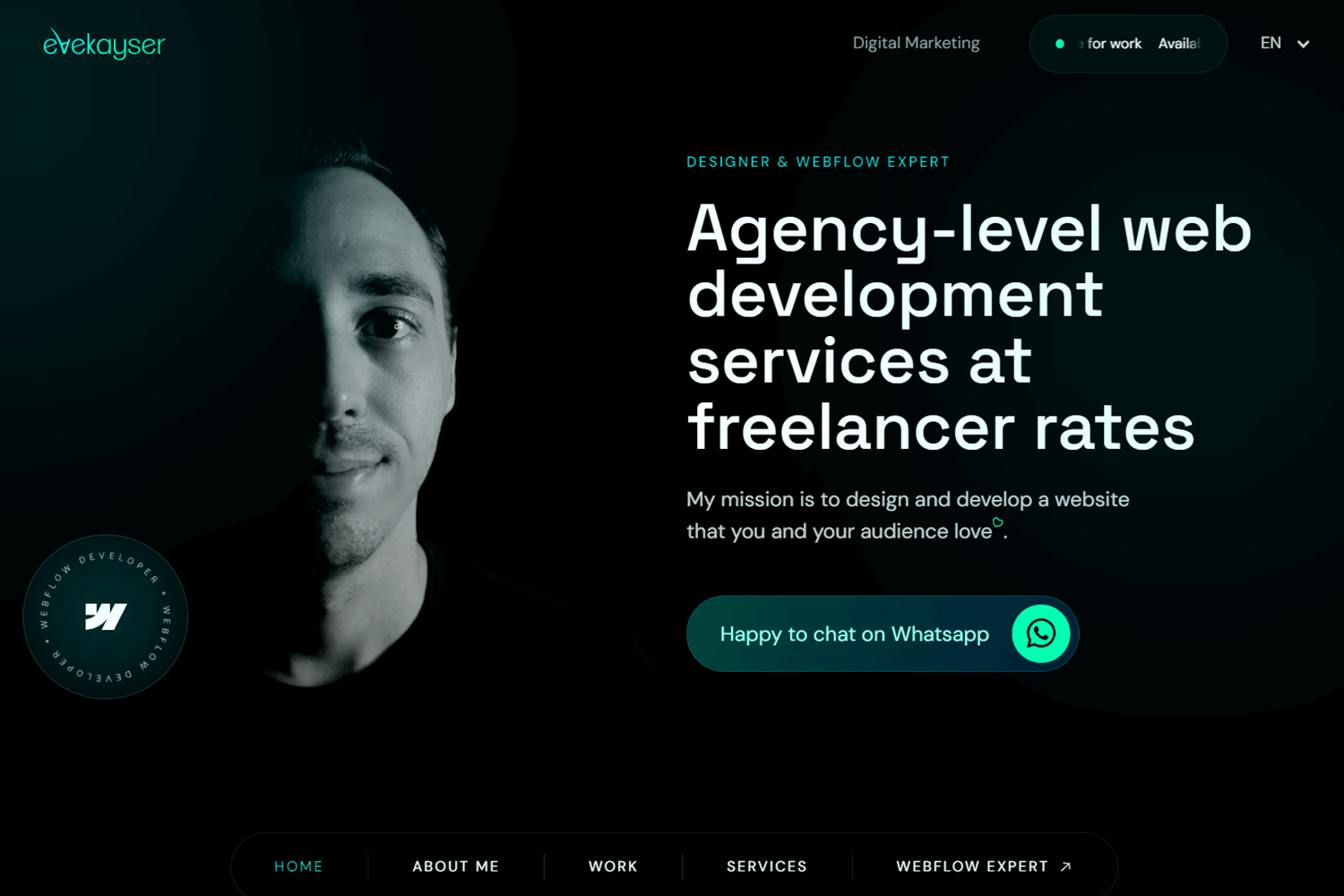How to Choose the Right Tools for Your Website Design Projects
How to Choose the Right Tools for Your Website Design Projects
Blog Article
Secret Approaches for Applying User-Centric Site Layout to Boost Interaction
When considering the application of user-centric internet site design, particular strategies contribute in improving engagement. Extensive study into user requirements and choices creates the structure, directing the production of customer personas to notify style selections. Instinctive navigation and responsive interfaces are critical, guaranteeing convenience of accessibility across all devices. Personalizing web content boosts customer complete satisfaction, and robust availability functions expand reach. These approaches jointly promote an even more purposeful online experience. Exactly how do these aspects come together efficiently, and what functional steps can be taken to guarantee their successful integration?
Understanding Individual Needs
Recognizing user requirements is a fundamental action in the procedure of user-centric website design. Techniques such as studies, interviews, and individual screening can supply useful qualitative and quantitative information concerning how users interact with the site.
Assessing this data allows designers to create comprehensive individual characters that stand for the different segments of the target market. These personalities aid notify design decisions by highlighting certain customer objectives and obstacles, assisting the growth of features that attend to these needs successfully. Understanding the context in which users operate-- such as their atmosphere, gadget preferences, and time restrictions-- can better improve the layout strategy.
Compassion plays a critical function in this process, making it possible for designers to see the site from the user's perspective. By focusing on customer requirements, the design process becomes a lot more focused, protecting against the inclusion of unnecessary aspects that can mess the individual experience. Inevitably, a deep understanding of user needs contributes in crafting a site that is both practical and significant.
Creating Intuitive Navigation
Having actually developed a detailed understanding of user requirements, the next action in user-centric web site design entails creating instinctive navigation. Reliable navigation is basic to customer satisfaction, influencing just how conveniently users can locate details and total jobs. To accomplish intuitive navigation, designers should focus on simplicity and quality, making sure that the navigating framework is regular and logical throughout the site.
Organizing web content right into a clear pecking order is essential. Website Design. Using acquainted labels and icons can assist customers effortlessly, minimizing cognitive load and enhancing the general customer experience. A well-designed navigation bar must be plainly positioned, allowing users to determine their present place and conveniently explore other sections of the web site
It is also crucial to incorporate interactive components such as breadcrumbs and search capabilities to assist users in navigating complex sites. These features provide additional paths and boost the ease of access of material, catering to different individual preferences and behaviors.
Testing navigation with real customers is important to recognize potential discomfort factors and make sure performance lines up with user assumptions. Normal responses loops and iterative improvements can aid keep an effective navigating system that adjusts to developing customer requirements, ultimately enhancing involvement and satisfaction.
Developing Receptive Interfaces
Usually, creating receptive interfaces is a crucial element of modern internet design, making certain that web sites are accessible and practical across a wide range of tools and screen sizes (Website Design). This adaptability is important in a landscape where customers accessibility content using mobile phones, laptop computers, tablet computers, and desktops, each with differing positionings and resolutions. The key goal of receptive layout is to enhance user experience by preserving optimum readability and use, regardless of the gadget made use of
To achieve this, web developers use flexible grid designs, fluid photos, and CSS media questions. Adaptable grids allow site aspects to resize proportionally, while liquid pictures make check my source certain visuals range suitably without losing quality. Media inquiries play an essential role by applying various designs based upon the gadget's attributes, such as width, elevation, and orientation, hence customizing the format to the customer's display.
In addition, receptive user interfaces contribute to improved search engine optimization (SEO) by offering a seamless customer experience, which subsequently can lower bounce prices and boost site engagement. In summary, taking on receptive style is not merely a technological factor to consider however an important technique for fostering a user-centric web setting that fulfills the demands of a varied audience.

Personalizing Content Experience
Customizing material experience is an important element of user-centric site design that entails customizing web content to fulfill the unique choices and actions of individual customers. This method not only enhances user complete satisfaction but also cultivates much deeper interaction, as visitors are more probable to engage with material that resonates with their demands and rate of interests. By leveraging data analytics and user responses, organizations can recognize patterns and patterns that inform the customization of internet material.
Integrating personalization techniques can range from simple changes, such as recommending items based on surfing background, to much more sophisticated strategies like vibrant content that adjusts in real-time to an individual's interactions. Customized touchdown web pages can significantly enhance conversion prices by offering customers with relevant info and uses that straighten with their previous activities and choices.
Moreover, using artificial intelligence and equipment learning this hyperlink can additionally improve content customization by continually learning from individual actions and adapting to arising trends. This not only improves the customer's trip but likewise develops brand name loyalty, as customers feel recognized and valued. Inevitably, personalizing the material experience is an important method for businesses aiming to produce a much more interesting and meaningful communication with their audience.
Enhancing Ease Of Access Functions
Enhancing ease of access attributes is an essential facet of user-centric web site design, making certain that digital material is useful by every person, including individuals with handicaps. This technique not only abides with lawful requirements such as the Americans with Disabilities Act (ADA) and the Internet Web Content Ease Of Access Guidelines (WCAG) yet likewise dramatically widens an internet site's target market reach. By incorporating functions like keyboard navigation, display visitor compatibility, and alternate text for photos, internet sites come to be more inclusive, providing a seamless experience for customers with visual, auditory, or motor impairments.
Integrating receptive style components is vital, promoting gain access to on numerous tools and display sizes, thereby suiting customers with various choices and needs. Comparison ratios and text size changes can improve readability for people with aesthetic difficulties. Providing clear and succinct web content structure, such as headings and lists, aids comprehension and navigating, particularly for users with cognitive handicaps.
Routine accessibility audits must be conducted to identify and rectify potential obstacles, guaranteeing continued navigate to this site conformity and functionality. By focusing on ease of access, companies not just foster inclusivity but additionally boost overall customer engagement and fulfillment, eventually driving greater conversion prices and strengthening brand loyalty.

Conclusion
Including user-centric style techniques significantly boosts site interaction by prioritizing the needs and preferences of individuals. Extensive research helps with the production of user personalities, directing targeted style choices. User-friendly navigating and responsive user interfaces improve usability and accessibility across devices. Individualizing content based on individual actions enhances complete satisfaction, while durable accessibility functions expand audience reach. Collectively, these approaches produce a significant on the internet experience, promoting much deeper engagement and interaction with the web site.
Comprehensive research right into individual requirements and preferences creates the foundation, guiding the development of user personas to inform style options. Strategies such as surveys, interviews, and customer screening can supply useful qualitative and measurable information regarding exactly how customers connect with the website.
By focusing on customer demands, the design procedure becomes much more concentrated, protecting against the incorporation of unnecessary components that might mess the individual experience. Efficient navigating is fundamental to customer fulfillment, affecting exactly how easily customers can find info and full tasks. The usage of familiar tags and symbols can direct users effortlessly, reducing cognitive tons and improving the total customer experience.
Report this page